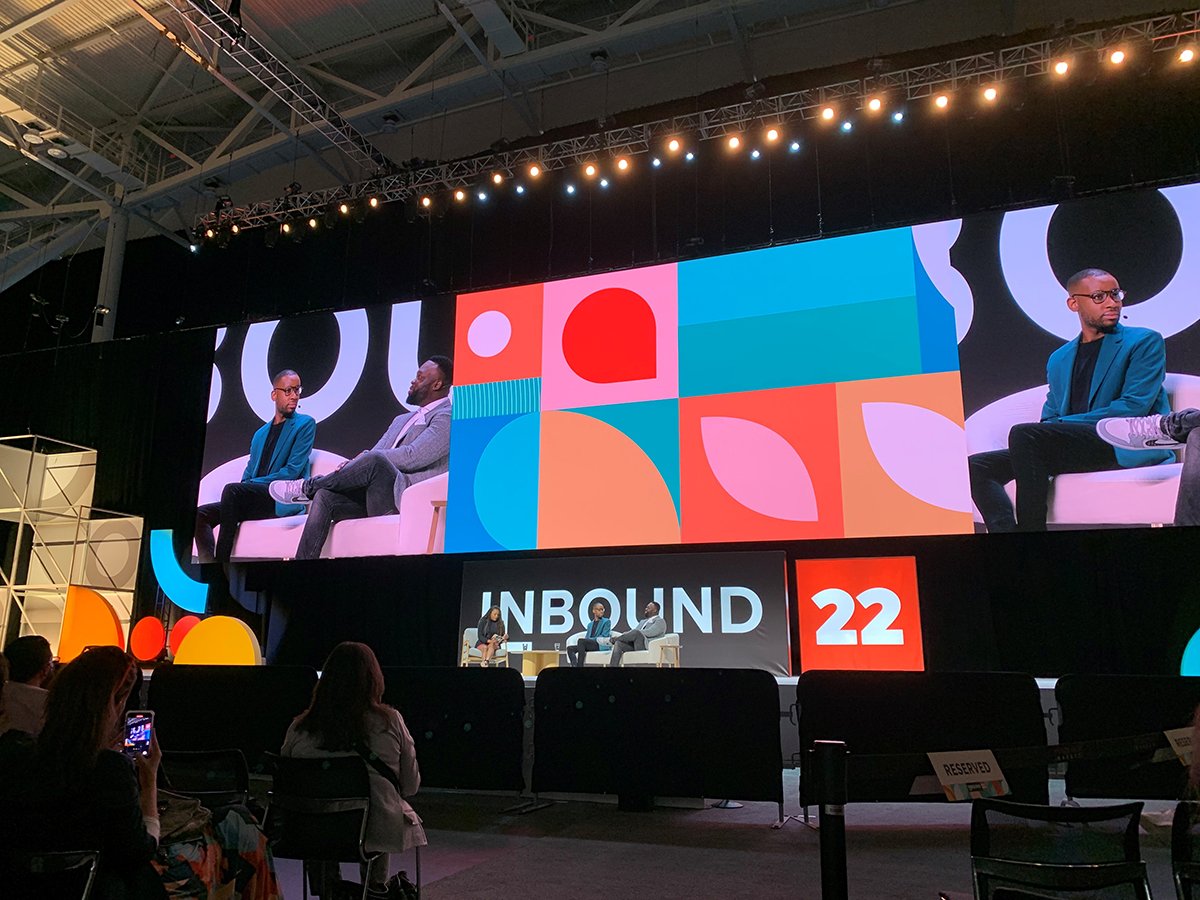Trends for the future of marketing prioritize meeting customers where they are — primarily, on their phones — and embracing innovative technologies, such as nonfungible tokens
Speakers at HubSpot’s Inbound 2022 user conference in Boston highlighted key strategies and technologies they believe will shape the future of marketing. As strategies such as conversational marketing and social media optimization have become more popular, they emphasize marketers’ goals to connect communities and systems that became disconnected throughout the COVID-19 pandemic.
Explore five trends that will affect the future of marketing.
1. Conversational marketing
People carry their phones everywhere, so the easiest place for marketers to find them is on mobile — whether through messaging or other mobile apps.
The session “Conversational Marketing: Is This the End of Mobile Apps?” explored conversational marketing, a practice that prioritizes one-on-one conversations with customers to enable more personalization in customer interactions.
Griffin LaFleur, a senior marketing operations manager at Swing Education, said his conversational marketing channel of choice is live chat, as it can easily facilitate a two-way communication stream. This type of communication helps customers feel a human-to-human connection, which LaFleur said he finds difficult in marketing’s traditional one-to-many approach.
“If you sell to various personas, and you know that a certain persona is coming in … you serve up a different experience — one that’s more tailored and catered toward them,” LaFleur said in an interview. “So, when we’re thinking about how we’re going to continue to excel in marketing, it’s adopting other channels.”
To get started with a conversational marketing strategy, marketers can pick a simple use case — like loyalty program communications or newsletters — to see how customers respond. If it’s successful, marketers can dip their toes into more use cases and channels, including social media.
2. Social media optimization
If people aren’t texting on their phones, they’re likely scrolling through, searching on and engaging with social media platforms. Yet the way people search organically has begun to change, LaFleur said, so marketing teams should start to optimize social media content as much as they focus on search engine optimization (SEO) for other content.
Social media offers real-time information, results and community building, which has led audiences to expect and desire more personal connections with brands.
“There is an attachment to brands for a lot of people. … We can put out stuff that appeals to potential clients and current clients, but for brands like ours, social media should be the heartbeat of your culture,” said Lauren Wiggins, a corporate communications manager in the steel industry, in an interview. “You should be able to showcase your culture and really use social media to connect people.”
SEO can help marketers create content that people can easily find, but it can’t build communities. That trait and its emotional connections are unique to social media, and these communities are the bedrock of online culture, said Kudzi Chikumbu, TikTok’s global head of creator marketing, in the session “What We Owe the Creators of Culture.” If marketers invest more time in social media, they are more likely to connect with these communities and keep up with online trends.
3. Emotional connections
Whether people scroll Twitter or watch TV, ads interrupt their experiences. This strategy is so common that many people have learned to filter them out over time. Now, customers want more personalized experiences and to feel connected to brands they engage with.
The session “Ignite Your Brand With Empowerment Over Interruptions” highlighted the power of emotional connections and how empowering and creating personal connections with customers can enable better results.
Marketers like Wiggins, who primarily interact with customers through social media, can meaningfully engage with them using empathy — especially if the customer is unhappy. Wiggins said customers frequently complain on social media, and they’re often the person who has to respond. In replies, Wiggins would apologize, empathize and aim to correct the issue, which often received positive customer responses.
4. Hybrid experience
The effects of the COVID-19 pandemic have forced most experiences to support both physical and digital elements.
The conversational marketing session highlighted the importance of connecting in-person and digital brand experiences to remain consistent and authentic with customers. Yet marketers like LaFleur wonder how to digitally capture in-person event engagement and ensure customers that receive physical mail can still reach company websites.
5. Web3
While Web3 still remains on the horizon, marketers can begin to learn about it and its features to prepare their strategies for the future, which may include nonfungible tokens (NFTs).
The session “What’s Next: Connecting the Dots in Web3” helped attendees understand what differentiates Web3 from its predecessors and ways brands can connect with customers in this new era of the web.
NFTs, for example, can open the door to Web3 for the general public. Additionally, as NFTs are still in their infancy, people who own them can easily build close-knit communities. If marketers and brands help build and support these groups over time, they can fuel customer loyalty as they work on their Web3 strategies.
However, Web3 and the metaverse aren’t areas many marketers focus on currently, as this new era continues to develop.
“I think everybody has their own idea of what it would become or what it could become,” LaFleur said. “But how do you build, how do you get there and how do you exchange funds? That’s still growing.”
Author Name: Michaela Goss
This article first appeared in https://www.techtarget.com/
Seeking to build and grow your brand using the force of consumer insight, strategic foresight, creative disruption and technology prowess? Talk to us at +971 50 6254340 or engage@groupisd.com or visit www.groupisd.com/story


